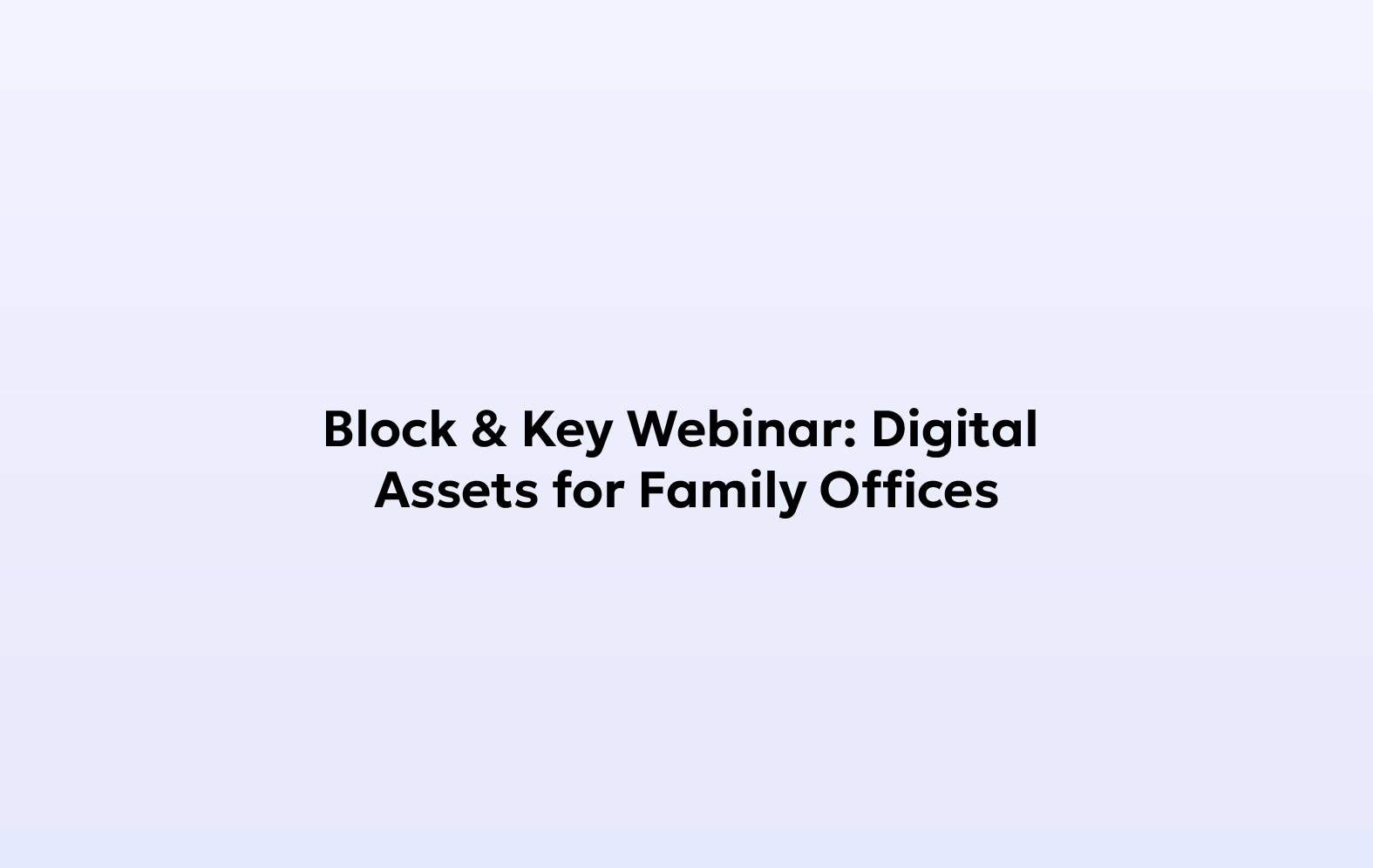Cryptocurrencies are a highly popular asset class these days — the most popular among any highly volatile asset class. The volatility, however, limits conventional use cases like that found with fiat money and prevents the influx of average investors who find rapid price oscillations too risky for the potential profits and various benefits that cryptocurrencies offer. To bridge this gap, crypto assets free from price volatility, known as stablecoins, were introduced.
One of the recent blogs discusses the role of stablecoins in DeFi and how it creates an analogue for fiat currencies in a decentralized setting. While we look into how stablecoins impact blockchain ecosystems and the consequences they bring to the real world, it is also important to understand how stablecoins function, mainly how they maintain stable values while other cryptocurrencies are extremely volatile. There are different kinds of stablecoins, each achieving its peg to legal tenders (for the most part) like the US dollar or Euro, based on the kind of collateral backing the stablecoin — if any.
The Different Types Of Stablecoins
The kind of collateral used to back stablecoins to achieve a peg that offers them near-stable values categorize these cryptocurrencies into four different types, but they can also be looked at as centralized and decentralized stablecoins, although they are all transacted completely on-chain.
Fiat Backed Stablecoins
Fiat-backed stablecoins encapsulate the most popular stablecoins in the crypto markets, USDT being the one that holds the lion’s share with respect to stablecoin transactions witnessed on various blockchain protocols. Like USDT, the stablecoins under this category are backed by fiat money, the most prominent being the US dollar.
The fiat value backing these stablecoins is held in banks or financial institutions; this corroboration is often attested or audited by independent firms — at least for well-known stablecoin projects. The management of the reserves backing the value of these stablecoins by the likes of financial institutions makes them centralized. The value simulated by the coins themselves is often in a 1-to-1 ratio, with the fiat held in reserve. The ratio keeps the value of the stablecoin pegged to the denomination of the fiat currency; for example, 1 USDT is worth 1 dollar if the stablecoin’s peg remains intact. Moreover, fiat collateral allows users to cash out their tokens instantaneously when required.
Commodity Backed Stablecoins
Like stablecoins backed by fiat, commodity-backed stablecoins too are centralized because the commodities backing them are held by centralized entities. These stablecoins are most often backed by gold and other precious metals. It is not uncommon to come across those that are backed by other tangible commodities like oil and real estate. The value of these stablecoins is pegged to the assets backing them, allowing for easy investing in tangible assets for those who cannot access them or do not want to deal with the hassle of storing them. Acquiring gold-backed stablecoins, for instance, essentially provides the investor ownership in an equivalent amount of gold which the entity operating the stablecoin project holds in reserve.
While fiat and commodity-backed stablecoins offer the safest pegs by keeping their values in parity with the underlying assets, the centralization present with the management of the stablecoin backing reserves can be a turn-off to those looking for decentralization in all aspects. So, users turn to stablecoins that are collateralized by decentralized assets or are uncollateralized. It is to be noted, however, that certain decentralized stablecoins are highly risky assets to park value in because they are not backed by any asset. Let’s look at the decentralized stablecoins and why some are safer than others.
Cryptocurrency Backed Stablecoins
Of course, the idea of a stablecoin backed by other cryptocurrencies seems counter-intuitive as cryptocurrencies are volatile and, hence, can break stablecoin pegs easily. However, stablecoins backed by cryptocurrencies are over-collateralized to prevent such issues from occurring and are relatively safe instruments to transact with. DAI, for example, is a popular stablecoin backed by other cryptocurrencies like ether and has never witnessed issues with its peg to the US dollar.
Stablecoins like these are pegged to fiat-denominated values while being backed by cryptocurrencies whose collective value exceeds the market capitalization of the stablecoin. Over-collateralization keeps the stablecoin peg solid even in situations where cryptocurrency prices are dropping sharply — thanks to the presence of excess funds in collateral.
Algorithmic Stablecoins
Algorithmic stablecoins are the exception to the lot as they are not backed by any kind of collateral. While they offer true decentralization in terms of their value not being influenced by third-party managed collateral, they are the riskiest. To maintain their peg to fiat denominations, algorithmic stablecoins make use of smart contract-based algorithms that alter demand with the help of a stablecoin sister currency — the two cryptocurrencies being linked to each other. Through arbitrage opportunities presented every time the stablecoin price fluctuates, users transact with the sister token, which adds or removes the stablecoin from circulation, keeping it pegged to value in parity with a recognized asset or currency.
This mechanism is exactly how algorithmic stablecoins, including TerraUSD, operated, but the world witnessed the cryptocurrency duo (USDT and LUNA) crash and burn because of a loss in user confidence that led to a dumping frenzy. Such instances are anticipated with algorithmic stablecoins as witnessed throughout their brief history of existence. At the moment, these stablecoins are hard to get right, but with the correct implementation, they will offer complete decentralization to those looking to transact with stable currencies on the blockchain.
Stablecoins Are Bringing Indispensable Use Cases To The Blockchain
It is important to know what kind of stablecoins one is acquiring and transacting with, as all of them are not built the same. USDT users learned this the hard way, but it does not have to be the same for every investor. While it is suggested to opt for those that are unlikely to lose their pegs, riskier ones provide profit-making potentials through arbitraging — something that most stablecoin users feel is outside the scope of stablecoin use cases. However, stablecoins allow users to indulge in different use cases regardless, like parking value stably, remotely investing in precious metals, and so on — all of which were never possible earlier on the blockchain with volatile cryptocurrencies.






